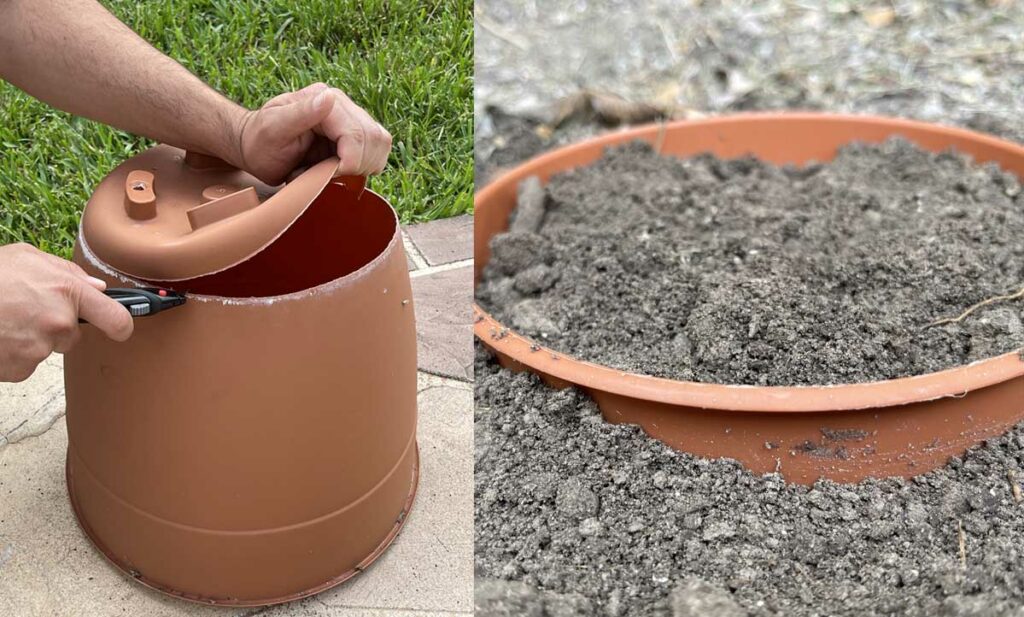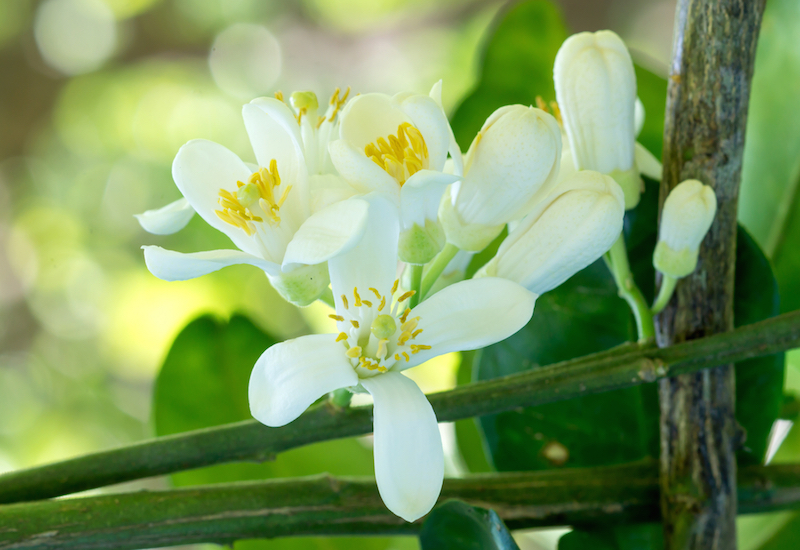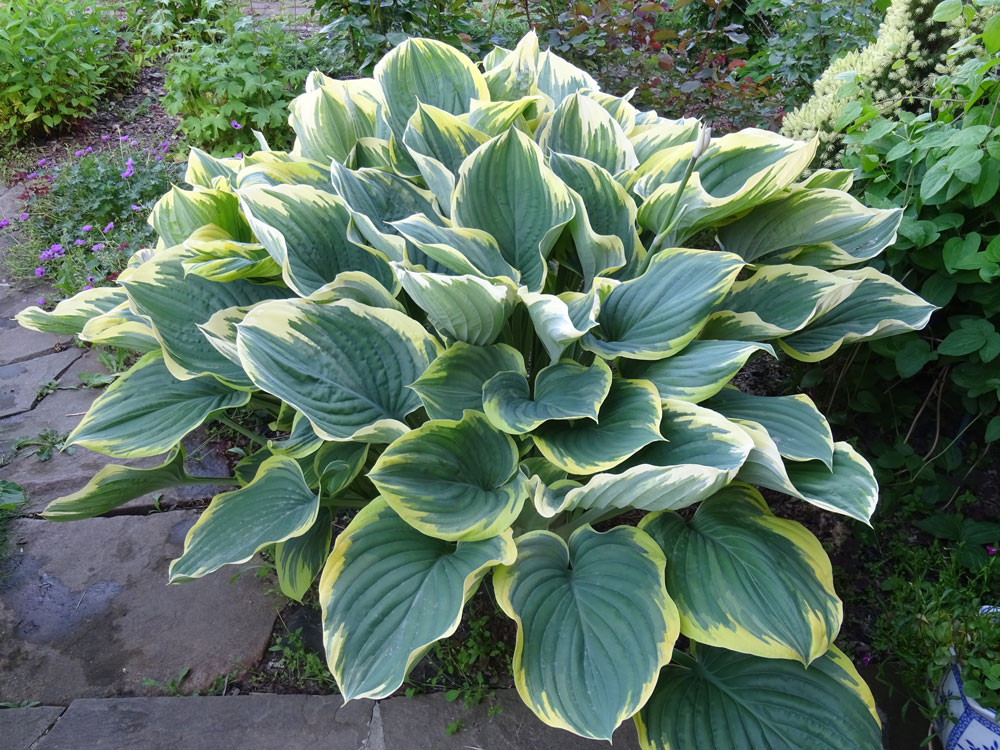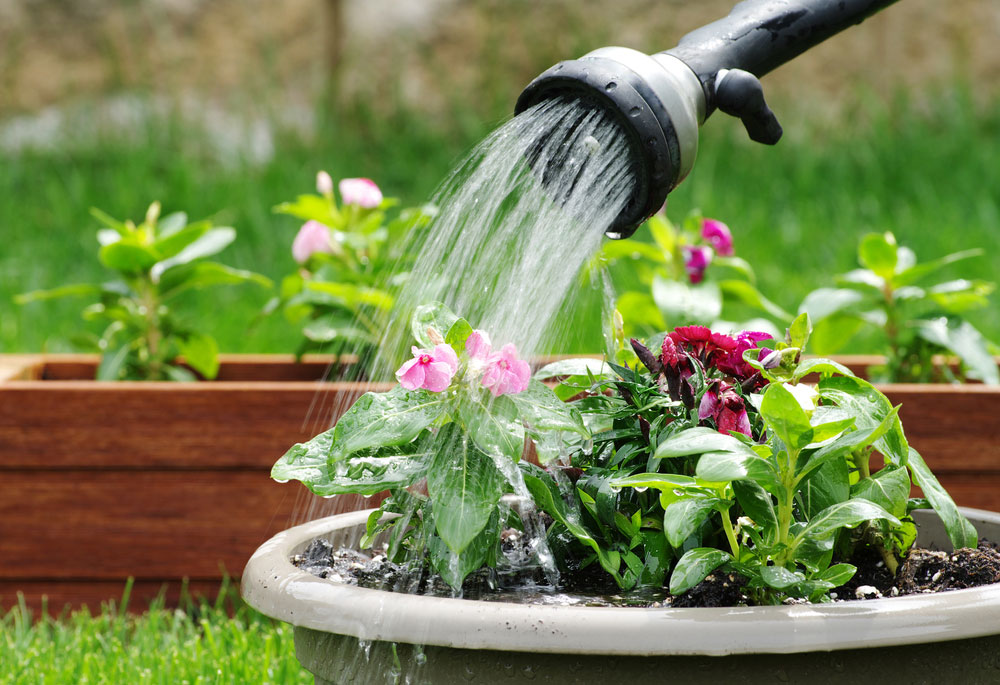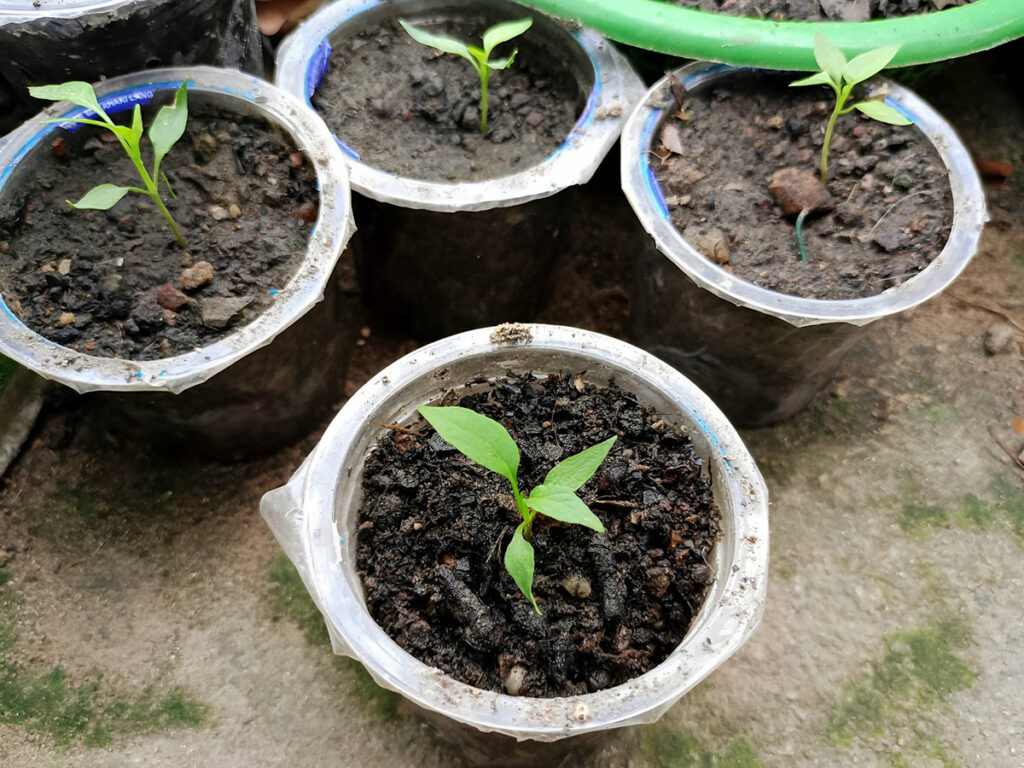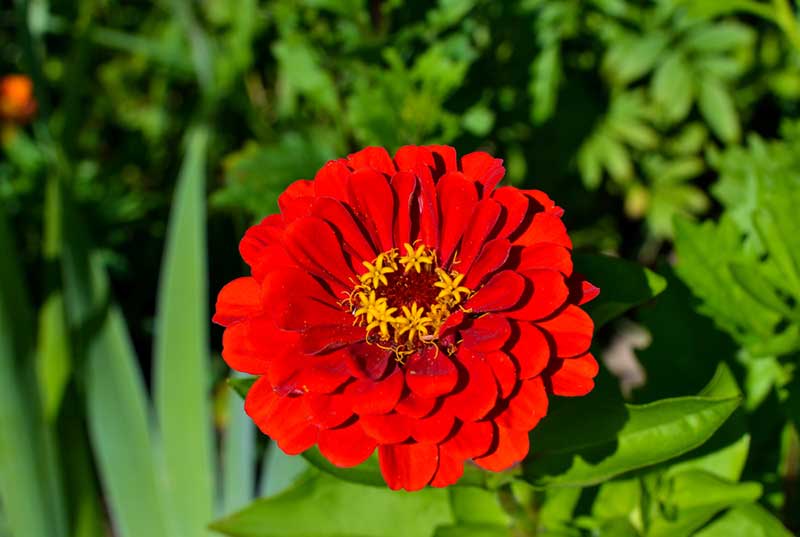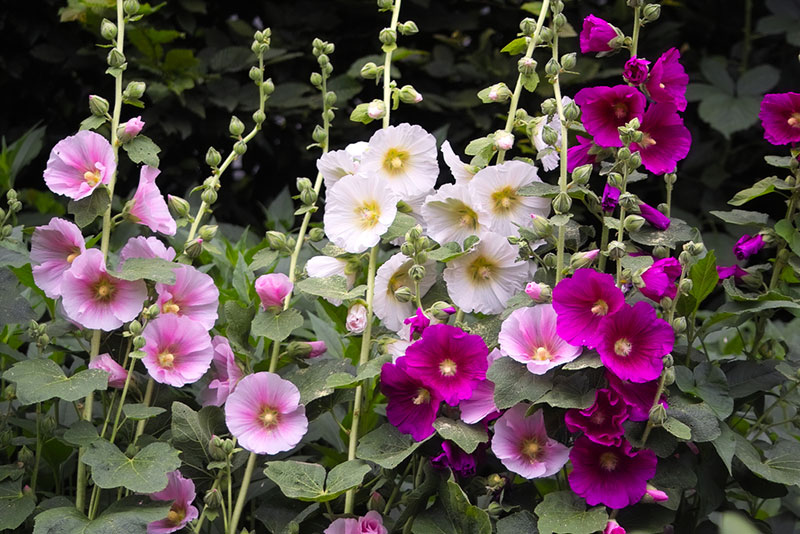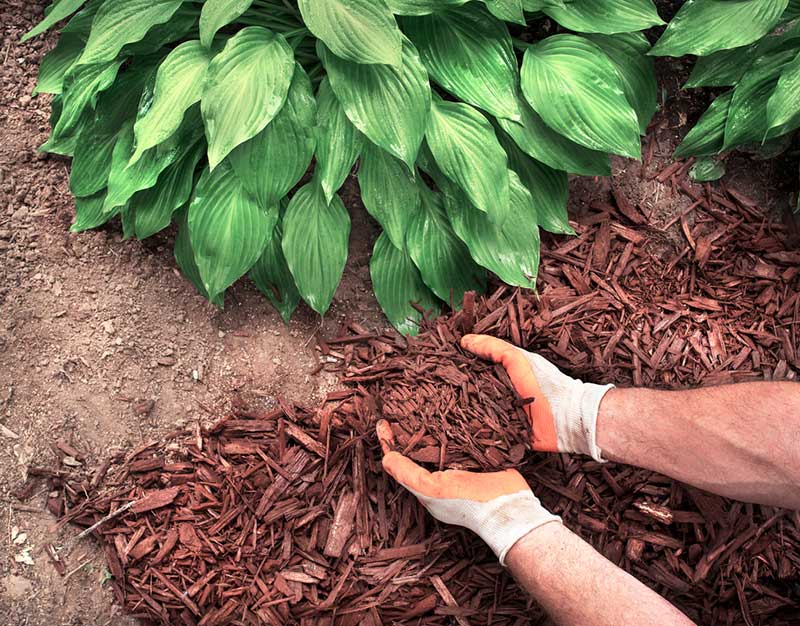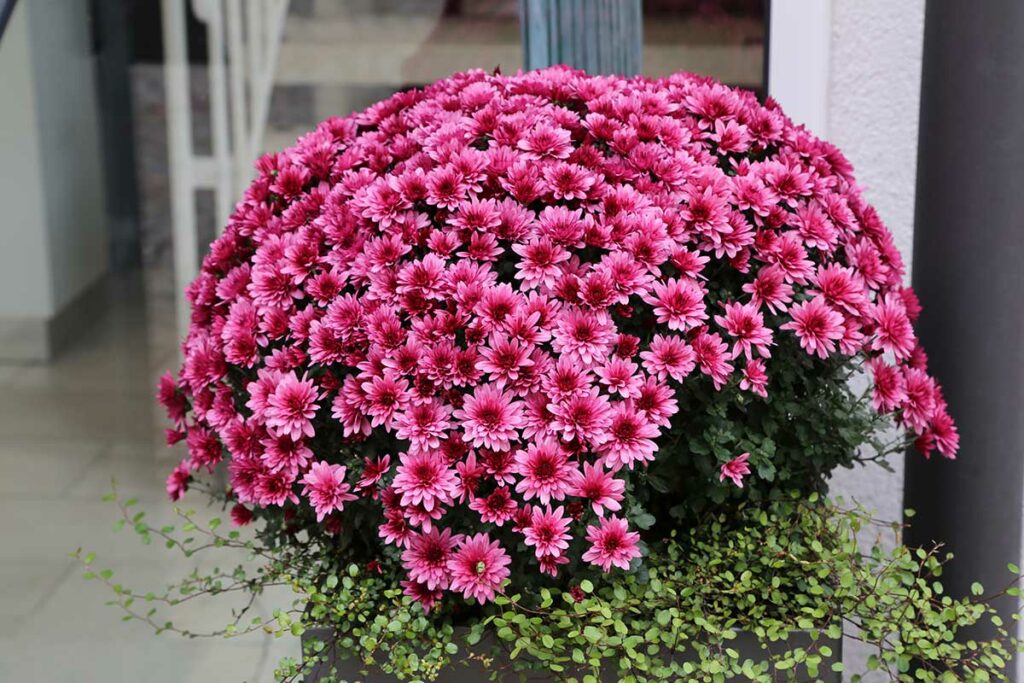
As the summer sun starts to wane, many gardeners feel a tinge of sadness watching their vibrant flowerbeds fade.
But who says the show has to end? With a bit of planning and some clever tricks, you can keep your garden bursting with color well into the autumn months.
Let’s explore ten fantastic ways to extend your garden’s bloom and make the most of the cooler season.
1. Plant Fall-Blooming Flowers
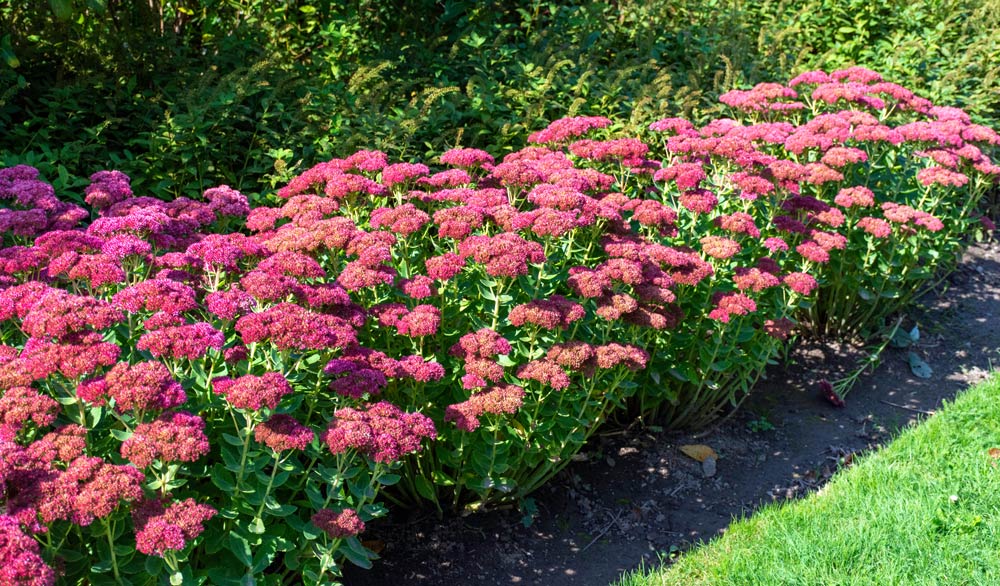
Fall doesn’t have to mean the end of floral beauty in your garden. By incorporating autumn-blooming plants, you can ensure a continuous display of color and life.
Chrysanthemums, often called “mums,” are the quintessential fall flower. These hardy plants come in a variety of hues, from sunny yellows to deep purples. Asters, with their daisy-like blooms, add a touch of whimsy to any fall garden. For a pop of vibrant color, consider adding some sedum or “stonecrop” to your beds.
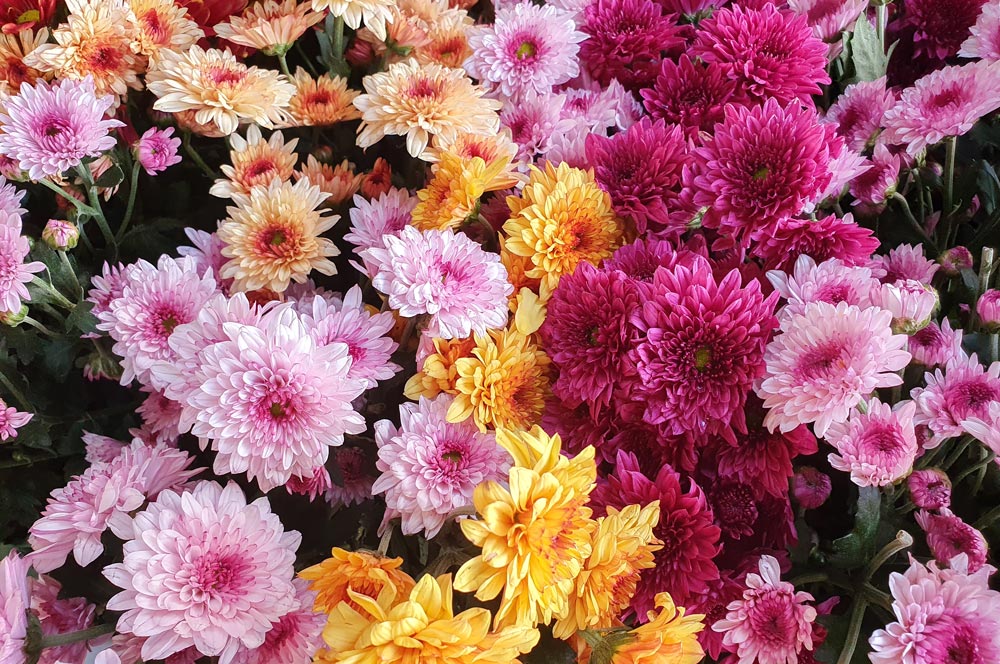
Don’t forget about helenium, also known as “sneezeweed” (don’t worry, it won’t make you sneeze!). Its warm, autumnal tones are perfect for creating that cozy fall feeling.
These late-bloomers not only brighten up your garden but also provide a vital nectar source for pollinators preparing for winter.
2. Use Cold Frames and Row Covers
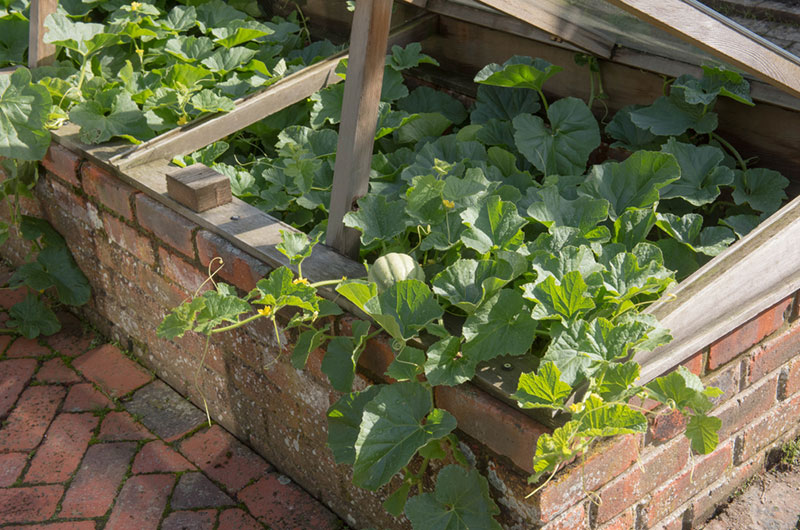
Don’t let Jack Frost cut your garden party short! Protective structures like cold frames, cloches, and row covers can be your secret weapon against early frosts.
Think of these as mini-greenhouses for your plants. They create a warm microclimate, shielding your flowers from chilly nights and extending their bloom time. Cold frames are particularly useful for nurturing tender plants or starting seeds for late-season vegetables.
Row covers, made of lightweight fabric, can be draped over entire beds. They’re easy to install and remove, making them perfect for those unpredictable fall nights when temperatures suddenly dip. With these protective measures in place, you can thumb your nose at Old Man Winter and keep the flowers coming.
3. Select Late Summer Bloomers
Why wait for fall to start thinking about autumn blooms? By choosing plants that start flowering in late summer and continue into fall, you can seamlessly transition your garden from one season to the next.
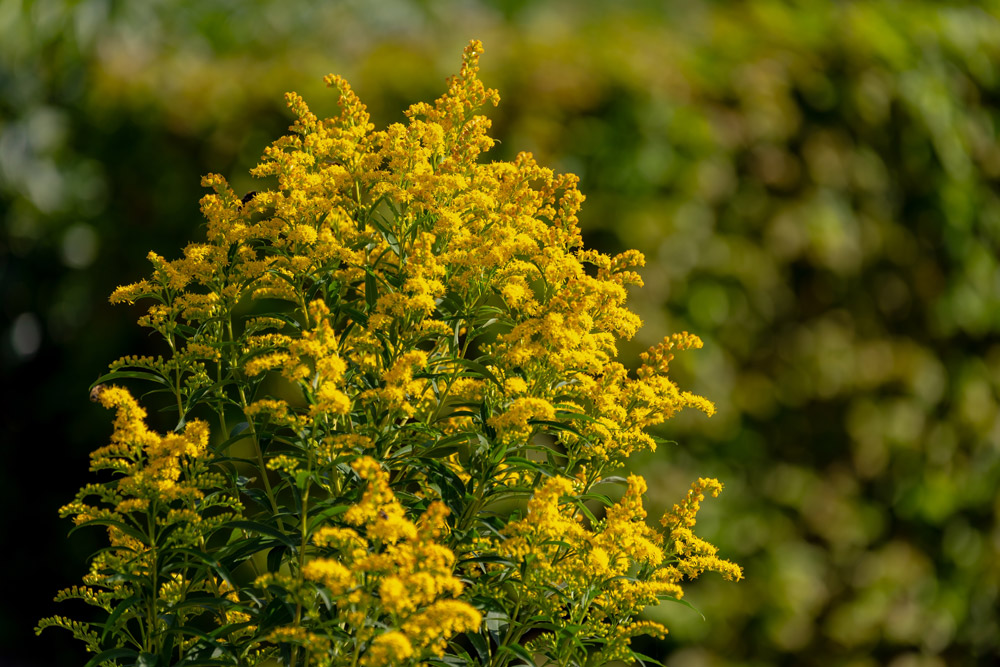
Dahlias are the divas of the late summer garden, with their show-stopping blooms lasting well into autumn. Their wide range of colors and forms means there’s a dahlia for every garden style. Goldenrods, contrary to popular belief, won’t trigger your allergies but will add a golden glow to your beds.
For a touch of wildflower charm, consider Joe Pye weed. This native plant attracts butterflies with its large, mauve flower clusters. These late bloomers not only extend your garden’s color but also provide a crucial food source for pollinators preparing for winter.
4. Add Colorful Foliage
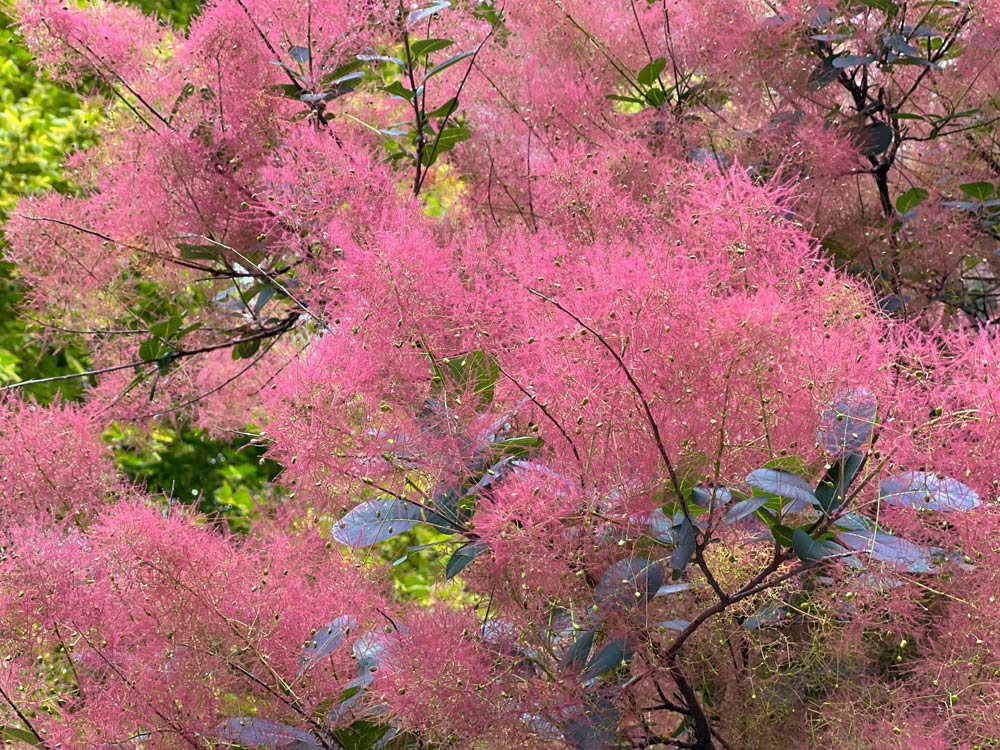
Who says flowers should have all the fun? When it comes to fall color, foliage can be just as spectacular. By incorporating plants with striking autumn leaves, you can create a garden that’s a feast for the eyes even when blooms are scarce.
Smokebush is a showstopper, with leaves that turn a brilliant red-orange in fall. Witch hazel not only offers beautiful golden foliage but also surprises with late-season blooms. And let’s not forget the stars of autumn – ornamental maples. Their leaves transform into a breathtaking palette of reds, oranges, and golds.
These foliage plants add depth and interest to your garden, creating a rich tapestry of color that can rival any flowerbed. Plus, they provide a stunning backdrop for any late-season blooms you might have.
5. Mulch and Water Regularly
As the days grow shorter, it’s easy to forget that our plants still need TLC. But regular maintenance is key to keeping your garden blooming into fall. Two of the most important tasks? Mulching and watering.
A good layer of mulch acts like a cozy blanket for your soil. It helps retain moisture, regulate temperature, and suppress weeds. This is especially important as temperatures start to fluctuate more dramatically in fall.
Don’t slack on watering just because summer’s over. Fall can bring dry spells, and plants need hydration to keep producing those lovely blooms. A deep watering once or twice a week is usually better than frequent light sprinkles. Keep an eye on the weather and adjust accordingly.
6. Plant Cool-Season Vegetables
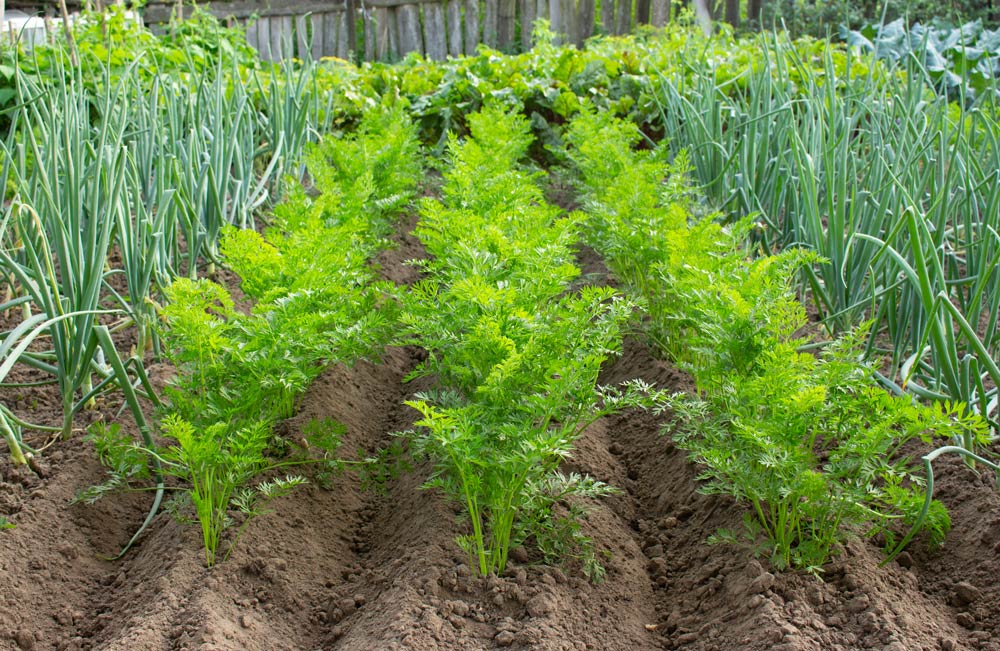
Who says your fall garden has to be all about flowers? Cool-season veggies can add a different kind of beauty (and bounty) to your autumn landscape.
Kale, with its frilly leaves, can be as ornamental as it is edible. Plant a mix of green and purple varieties for a striking display. Spinach provides a lush carpet of green, perfect for filling in bare spots in your beds.
And don’t forget about root vegetables like carrots. While their tops may not be showy, there’s something magical about pulling these colorful veggies from the ground. Plus, many of these plants can withstand light frosts, extending your harvest season.
7. Create a Color Block
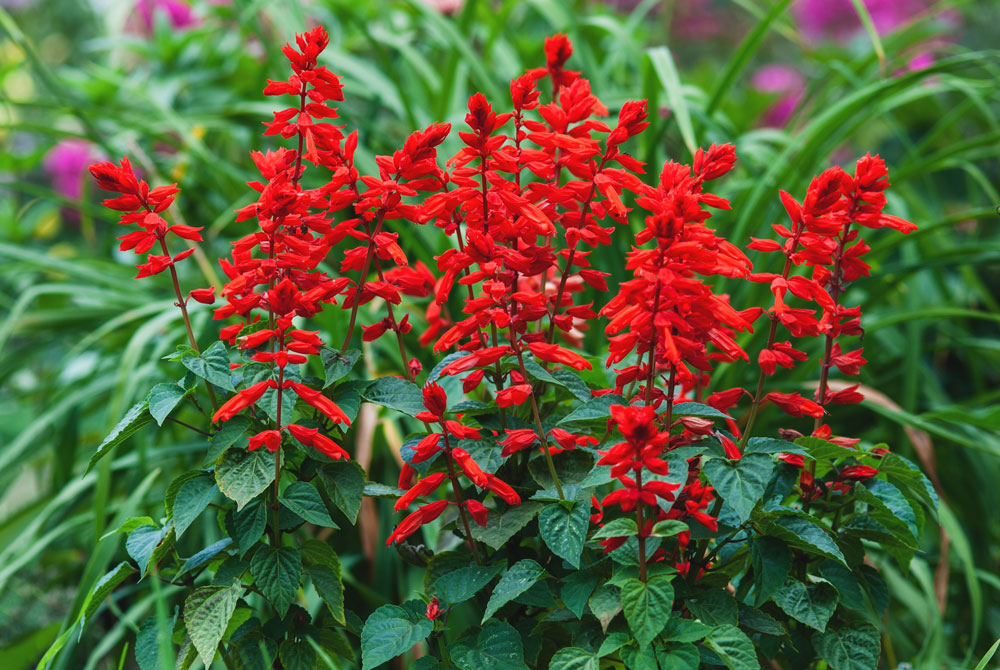
Want to make a bold statement with your fall garden? Try color blocking! This design technique involves grouping plants of similar hues together to create dramatic swathes of color.
Imagine a sea of golden rudbeckias next to a patch of purple asters. Or a block of fiery red salvias alongside orange marigolds. This approach not only creates visual impact but also makes your garden look more cohesive and intentional.
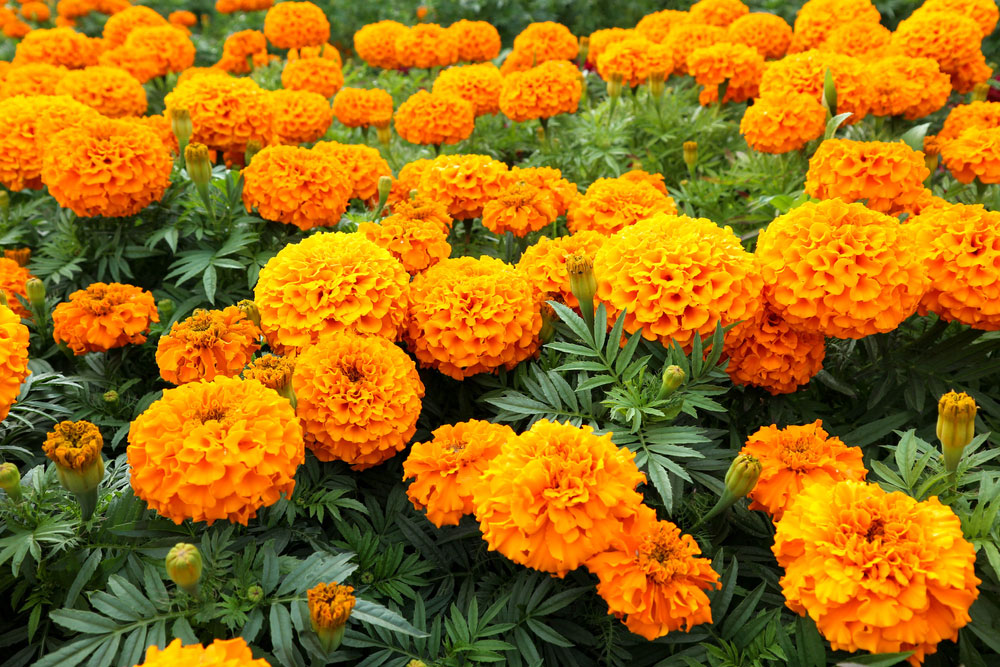
When planning your color blocks, think about the classic autumn palette – reds, oranges, yellows, and purples. But don’t be afraid to throw in some unexpected hues like pink or white for contrast. Remember, in design, sometimes breaking the rules leads to the most stunning results!
8. Incorporate Ornamental Grasses
As we transition into fall, ornamental grasses really come into their own. These versatile plants add texture, movement, and often color to the autumn garden.
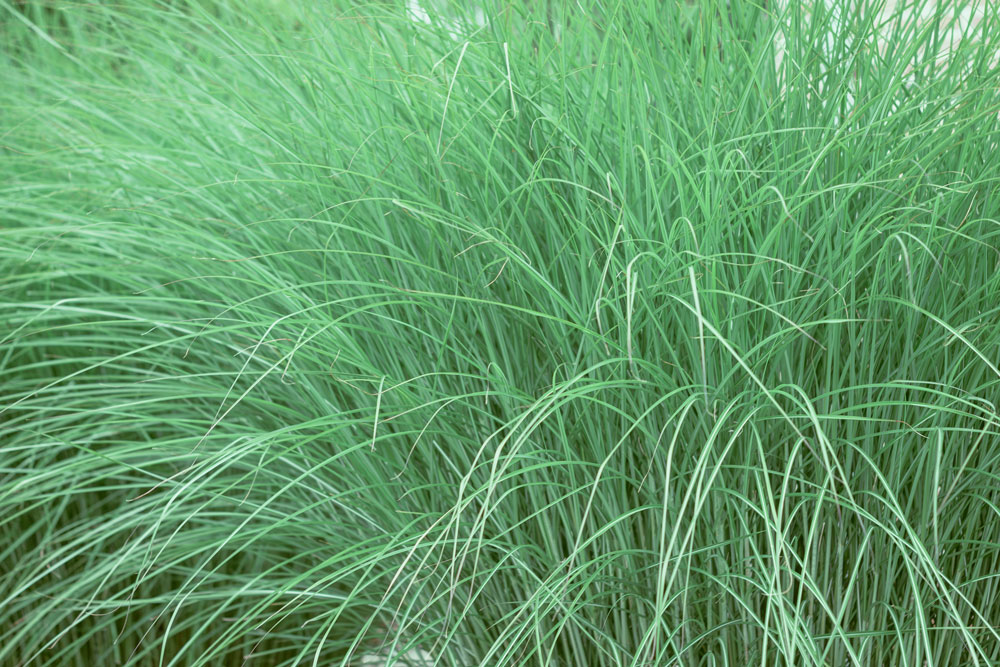
Miscanthus, also known as maiden grass, is a popular choice. Its feathery plumes catch the light beautifully, especially during the golden hours of a fall day. Pennisetum, or fountain grass, with its bottlebrush-like seed heads, adds a soft, flowing element to garden beds.
These grasses not only look great throughout fall but also provide winter interest as their seed heads persist. Plus, they’re a valuable food source for birds and small mammals. It’s a win-win for both your garden’s aesthetics and local wildlife!
9. Prepare and Enrich Soil
A beautiful fall garden starts with healthy soil. Before you plant your autumn bloomers, take some time to prepare and enrich your soil. Your plants will thank you with abundant blooms and robust growth.
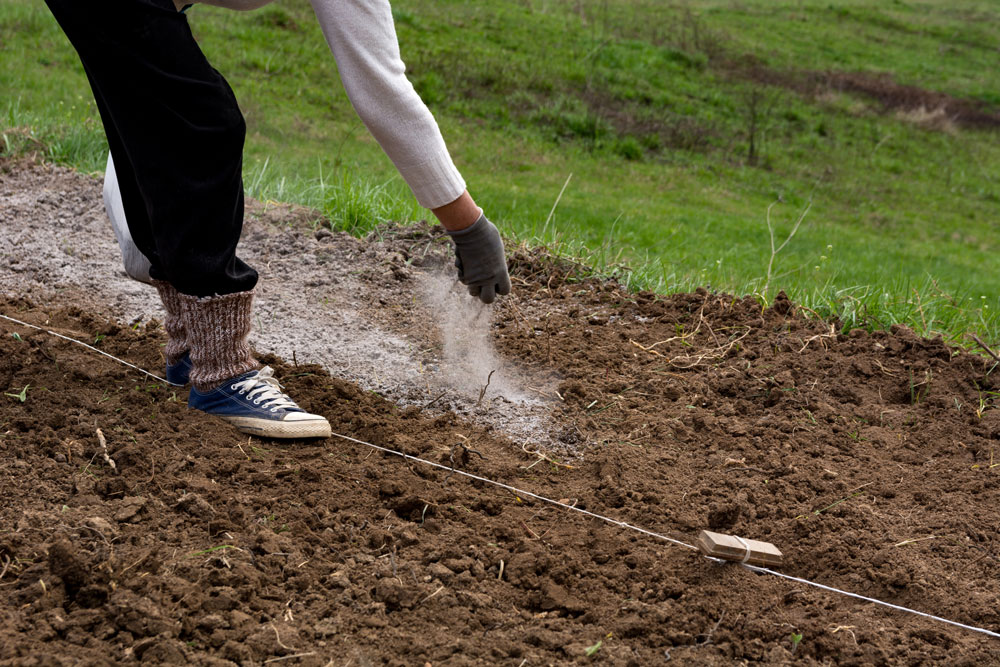
Start by working some compost into your soil. This natural fertilizer improves soil structure, adds nutrients, and enhances water retention. If you’re planting heavy feeders like mums or dahlias, consider adding a slow-release organic fertilizer as well.
Don’t forget to test your soil pH. Most plants prefer slightly acidic to neutral soil (pH 6.0-7.0). If needed, add lime to raise pH or sulfur to lower it. Remember, healthy soil means healthy plants, and healthy plants mean a stunning fall garden!
10. Protect and Prune Wisely
As we round out our list, let’s talk about two crucial aspects of fall gardening: protection and pruning. These practices can make the difference between a garden that fizzles out and one that keeps on blooming.
Keep an eye on those weather forecasts. When frost threatens, be ready to cover sensitive plants with sheets or specialized plant covers. For container plants, consider moving them to a sheltered location on cold nights.
As for pruning, it’s a balancing act. Deadhead spent blooms to encourage more flowers, but avoid heavy pruning late in the season. This can stimulate new growth that won’t have time to harden off before winter. Instead, leave some seed heads and stalks standing – they’ll provide winter interest and food for wildlife.
By following these ten strategies, you can transform your garden into an autumn wonderland. From late-blooming flowers to colorful foliage, from protective structures to smart maintenance practices, there are so many ways to keep your garden vibrant well into fall. So don’t pack away those gardening gloves just yet – the best might be yet to come in your fall garden!





